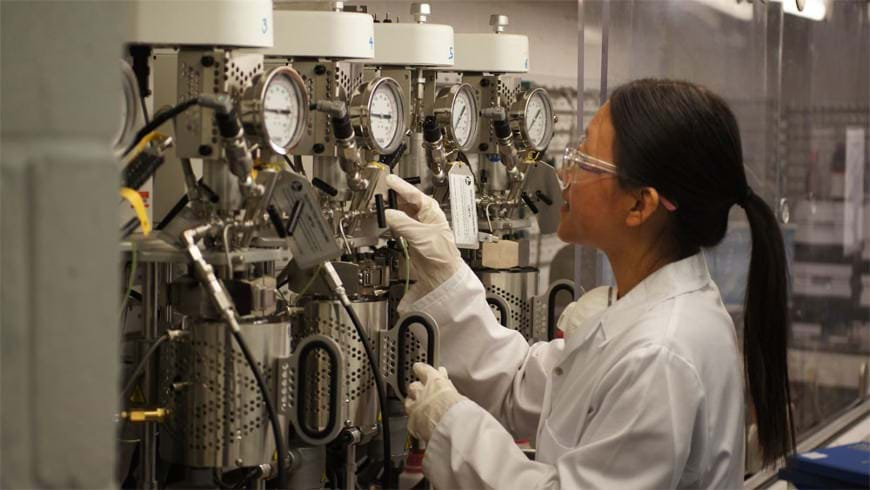Catalysing a gold rush (Day 310)

2nd April 2015
We have been attracted to gold for millennia both for its beauty and its value.
Gold is considered so attractive because it does not corrode or tarnish. It's also very ductile. These properties have led to gold being used in works of art and treasures of great historical and cultural significance.
Gold has inspired great art, but what about great chemistry and chemical engineering?

At the end of February I attended a dinner at the Royal Society hosted by the UK Catalysis Hub. There, I discussed catalysts with IChemE fellow Professor Graham Hutchings, director of the Cardiff Catalysis Institute at Cardiff University.
During the evening Graham shared many interesting insights into UK catalysis research. Catalysis is at the core of the UK economy and contributes over UK £50 billion annually. It is central to the wellbeing of society and is involved in some way in 80 per cent of all manufactured goods.
Graham then told me about his work with gold catalysts. With his team, he has discovered that gold has the potential to improve health, clean up the environment and save lives.
Key discoveries in the 1980s showed that when gold is present as just a few atoms (on a nano-scale) it is an exceptionally effective catalyst for a wide range of reactions.I previously shared the story of chemical engineers using computational modelling methods to design and better understand gold in my blog ‘a precious catalyst’.
But Graham and his team are exploiting gold's catalytic potential to replace the harmful mercury catalyst used in the manufacture of over 20 million tonnes of vinyl chloride monomer (VCM) every year to create PVC.
Watch this great video that the Cardiff Catalysis Institute made last summer explaining the importance of catalysis and gold:
VCM is a very versatile non-biodegradable polymer, which can be made from coal-based raw materials. The industrial process uses mercury as a catalyst, which has substantial environmental consequences. This process alone consumes over 60 per cent of the mercury that is mined annually.
This is a non-sustainable process; both in terms of availability and the high levels of pollution that result from the use of so much mercury. There has been a real push to get a non-mercury catalyst and Graham thinks that gold holds the key.
Graham’s research has led to the development of a new process to produce vinyl chloride that does not use mercury.

His research has shown that very small clusters of gold atoms can be associated with high catalytic activity. This discovery changed the way in which gold catalysts are designed, and has greatly increased their potential for commercial exploitation.
Two leading companies, Johnson Matthey and Jacobs, have made substantial investments in developing the new catalyst.
Indeed Johnson Matthey is now commercialising Graham's gold catalyst. This is a major advancement for gold catalysis. It is the first time in about 50 years where a complete change in catalyst formulation is being evaluated for the production of a bulk chemical.
These findings have been incorporated into the global policy debate around the use of mercury and its risks to human health and the environment.
As Graham says: “The more we learn about this precious metal, the more I feel that society is ascribing the wrong kind of value to gold.” Surely its environmental and manufacturing benefits are more important than its beauty?
If you are working with gold or other precious metals why not get in touch and share your story.